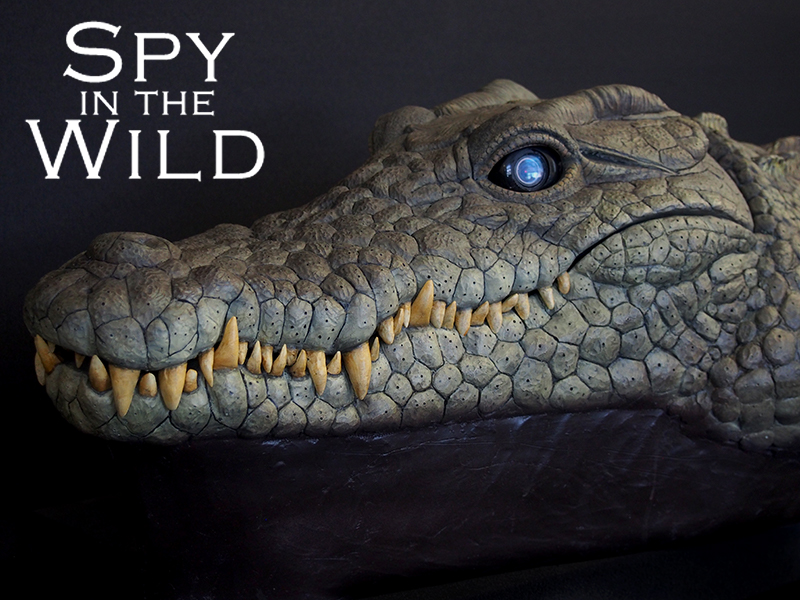Medical Product Design by Amalgam featured in Develop 3D magazine

This medical product design blog, originally published some time ago, was withdrawn at the request of the inventor while negotiations and licensing discussions between various parties were under way. However, we can now republish in full as we are delighted to report that Tube Anchor is in production and receiving great feedback from the medical professionals using it. Our thanks to Prof Andrew Levy, inventor of the device. All at Caretechnica who managed the process of taking the prototype forward and last but not least to P3 Medical who are producing and distributing the final product.
Tube Anchor is now a registered design: European Community Design Registration Number 002571026-0001
A medical product design developed at Amalgam features in the October issue of Develop 3D magazine. The Tube Anchor is a deceptively simple device that addresses the issue of securing tubes used in various intravenous therapies in such a way as to reduce the risk of infection while minimising potential skin damage and patent discomfort. A high proportion of patients receive intravenous therapy during their hospital stay. Intravenous cannulae are usually secured to the skin with dressings and tape strips to keep them in place for up to three days. Administration tubing is often left unsupported as it is replaced after each infusion. Patient movement tugs directly on the cannula causing it to move in and out of the entry site, increasing the risk of infection and meaning cannulas need replacement. If administration tubing is taped to the skin, each time it is changed or the patient needs to dress or wash, the tape needs to be torn off, causing pain and skin damage. Tape, splints and bandages prevent visual monitoring of the entire length of administration tube and contents.
The Tube Anchor, a simple one-piece device, addresses many of the problems outlined above in a single step. Application is a one-handed operation due to a built-in self-adhesive backing, the shape of the device then allows a similarly one-handed process to insert and secure the tubing in place while allowing some adjustment for comfort yet holds it securely against being accidentally pulled out by bedding or clothing. Other advantages over the current method of securing tubing include; Transparency, allowing a clear view of the skin underneath. A clean, smooth, trap-free shape for hygiene. Tubes can be removed and replaced any number of times. The small, discrete design is much kinder to delicate skin than multiple applications & removal of adhesive tapes, there is even an included information sticker to allow date and other details to be recorded on the the base.
We originally blogged about this project back in March 2013 but were delighted to be included in Develop 3Ds article on medical product design alongside several other leading designers. Like the other designers featured in the article Amalgam used Solidworks CAD software to develop the design plus our in-house 3D printing, skilled model makers and resin vacuum casting to produce functional prototypes all under one roof.
Medical product design is just one of many services offered by Amalgam, if you found this page while searching for someone to help develop your ideas then click here to get in touch.




